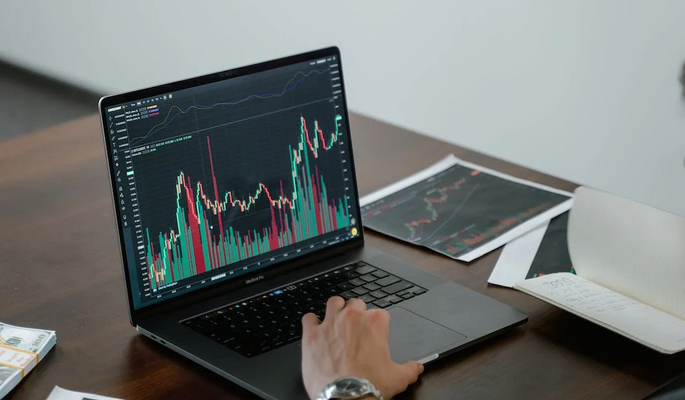Diversification is widely praised as one of the smartest ways to reduce risk, yet many investors unknowingly make choices that weaken rather than strengthen their portfolios. The idea sounds simple—spread investments across different areas—but the actual process can be far more delicate. Whether you’re just beginning or refining a long–term investment strategy, avoiding hidden errors can make a dramatic difference in your financial outcomes. Investors across regions, including those exploring safer approaches for 2025, often overlook small missteps that build up over time. Understanding these mistakes can help you position your portfolio more sensibly and avoid unnecessary setbacks. Below are some of the most frequent diversification errors that creep in quietly and chip away at investment performance.
Thinking You’re Diversified When Your Assets Move the Same Way
Many investors assume they’re well-diversified simply because they hold several funds or stocks. However, having multiple holdings does not guarantee real variety. If the investments behave similarly under market pressure, the portfolio may still face concentrated risk. For example, owning five technology companies might look diversified, but if they respond alike to market changes, the protection is minimal. Real diversification requires mixing assets with different behaviors—such as blending bonds, international options, commodities, or sectors with distinct performance patterns. The goal is to spread risk intelligently, not just add numbers to your account.
Relying Too Much on a Single Region or Market
Regional concentration is one of the most overlooked mistakes. Investors often put the majority of their holdings in their home country because it feels familiar. While comfort can be helpful, relying too heavily on one geographic area exposes you to regional economic slowdowns, political risks, and sector biases. Spreading part of your portfolio across various regions can provide a strategic cushion. International diversification allows you to benefit from global growth patterns and reduces the impact of local downturns. Even modest exposure to foreign markets can help balance your overall investment mix.
Overdiversifying Until Your Portfolio Loses Direction

While diversification is essential, going too far creates its own problems. Some investors collect assets endlessly, thinking more variety automatically equals less risk. But beyond a certain point, adding extra positions delivers little to no improvement. Worse, it can dilute potential gains and make your portfolio harder to manage. Overdiversifying can lead to confusion and lack of clarity about performance. Instead of spreading yourself across dozens of unrelated assets, focus on holding a sensible number that complements your goals. A smaller group of well-chosen investments can be more effective than an overwhelming assortment without purpose.
Ignoring Rebalancing for Long Periods
One of the quietest yet most damaging mistakes is forgetting to rebalance. Over time, certain parts of your portfolio may grow faster than others, shifting your risk exposure without your awareness. If left unchecked, this can distort the original investment plan you intended to follow. Rebalancing helps restore your asset allocation to its preferred structure. It doesn’t require intense effort—periodic adjustments, whether quarterly or annually, can bring your portfolio back into alignment. Failing to rebalance often causes portfolios to drift into risk levels investors never intended.
Holding Assets You Don’t Understand
Some investors add unfamiliar assets simply for the sake of appearance. Buying into investments you don’t fully grasp can cause trouble when markets fluctuate. Without clear knowledge of how an asset performs, you may react emotionally or make decisions that negatively affect long-term outcomes. It’s important to learn the basic principles behind every holding, even if the asset seems appealing or trendy. Understanding performance patterns, risk levels, and long-term outlooks can guide you toward stronger and more thoughtful choices. Choosing assets wisely helps create a portfolio built on clarity instead of confusion.
Diversification works best when applied with careful thought rather than guesswork. Avoiding common mistakes—such as concentrating on similar assets, limiting yourself to one region, adding too many holdings, skipping rebalancing, or choosing investments you don’t understand—can help protect your financial progress. A well-organized approach gives you stronger stability, better long-term outcomes, and increased confidence in your overall investment direction.…



 Traditional investments typically involve buying stocks and bonds in the financial markets. They are considered a safe option as they tend to have low risk and offer a moderate return on investment (ROI).
Traditional investments typically involve buying stocks and bonds in the financial markets. They are considered a safe option as they tend to have low risk and offer a moderate return on investment (ROI).
 When it comes to choosing between traditional and modern investments, there’s no one-size-fits-all solution. Combining the two types of investments may be the best way to ensure success.
When it comes to choosing between traditional and modern investments, there’s no one-size-fits-all solution. Combining the two types of investments may be the best way to ensure success.